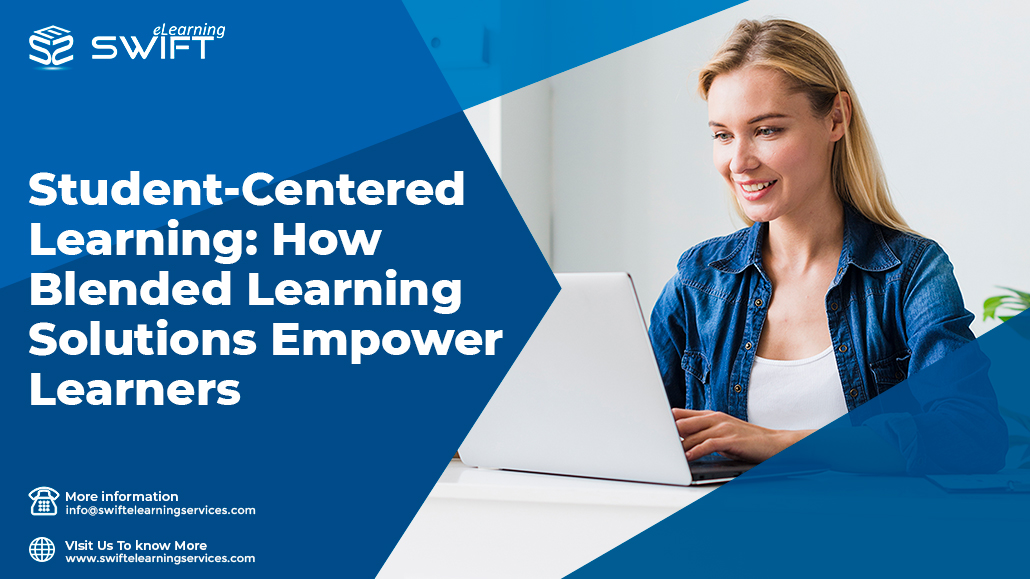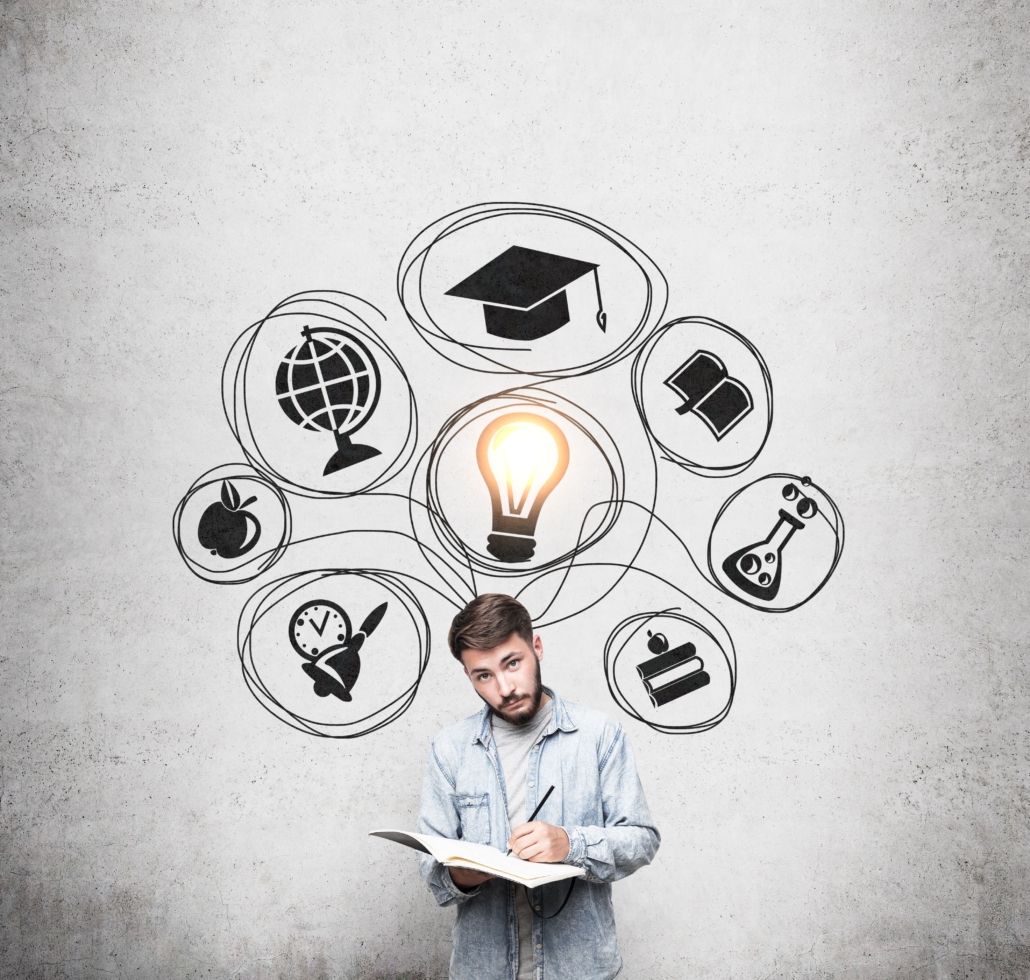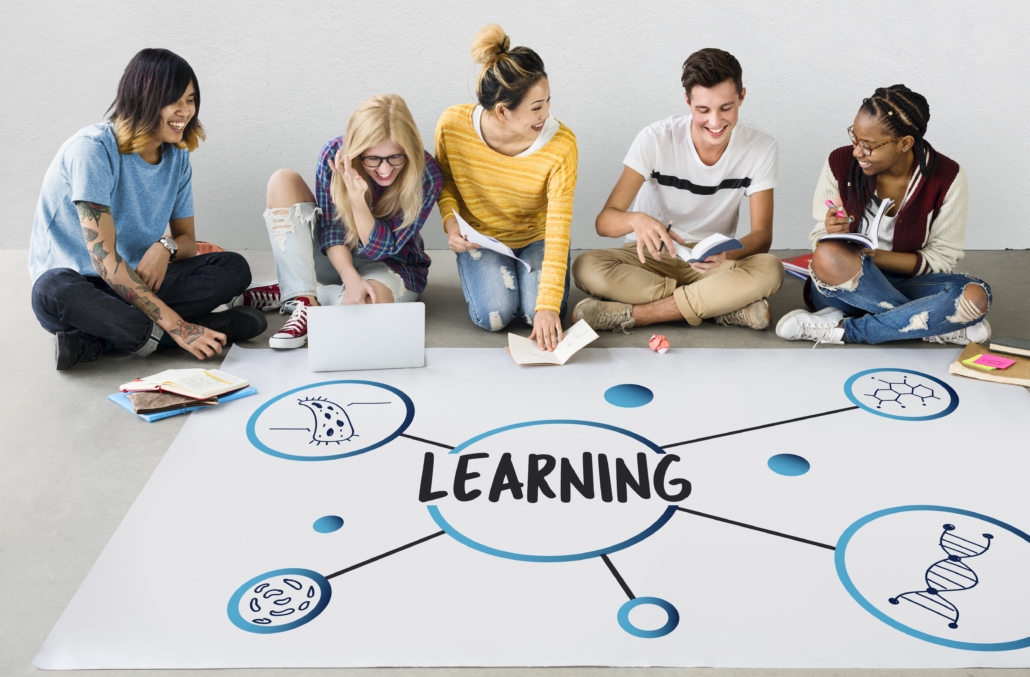Student-Centered Learning: How Blended Learning Solutions Empower Learners
In the realm of education, the shift from traditional teacher-centered methods to student-centered learning has been a transformative journey. This approach recognizes that students are not passive recipients of knowledge but active participants in their own learning process. One powerful tool that has emerged to facilitate this shift is blended learning, which combines both in-person and online learning experiences.
Blended learning empowers learners by providing them with greater control over their education, fostering personalized learning experiences, and preparing them for a technology-driven future.
1. The Evolution of Student-Centered Learning
1.1 Traditional vs. Student-Centered Learning
In traditional education, the teacher plays a central role as the sole source of knowledge dissemination. Students are expected to absorb information passively, often in a one-size-fits-all format, without much room for personalization. This model has been prevalent for centuries, but it has its limitations.
Student-centered learning, on the other hand, flips this model on its head. It places students at the center of the learning process, allowing them to drive their education by making choices and taking ownership of their learning journey. This approach acknowledges that each student is unique and has different learning preferences, paces, and strengths.
1.2 The Rise of Blended Learning
As technology has advanced, so too has the potential for more flexible and student-centered education. The advent of the internet and digital tools gave birth to online learning, and educators began to realize the potential of blending these digital resources with traditional classroom instruction. Thus, blended learning emerged as a dynamic approach to education, combining face-to-face interactions with digital tools and resources.
2. How Blended Learning Empowers Learners
2.1 Personalized Learning Paths
One of the most significant advantages of blended learning is its ability to cater to individual learning needs. Online resources and platforms can provide personalized assessments, recommendations, and content delivery based on a student’s progress and preferences. This personalization ensures that students receive the support and challenges they need, fostering a deeper understanding of the material.
Imagine a high school math class where each student progresses through the curriculum at their own pace. Advanced students can move ahead, while those who need more time can review concepts until they grasp them fully. Blended learning enables this flexibility, ensuring that no one is left behind while allowing faster learners to explore more advanced topics.
2.2 Greater Engagement
Blended learning also boosts student engagement. The incorporation of multimedia, interactive simulations, and gamified elements in online content can make learning more exciting and relevant for today’s tech-savvy students. It can transform mundane subjects into captivating learning experiences.
Furthermore, the ability to access learning materials outside the classroom empowers students to take charge of their education. They can explore topics they find interesting, conduct additional research, and even revisit previous lessons as needed. This self-directed learning not only deepens understanding but also fosters a sense of curiosity and autonomy.
2.3 Improved Accessibility
Blended learning can break down barriers to education by making it more accessible. For instance, students with disabilities can benefit from digital resources that cater to their specific needs, such as screen readers or interactive captions. Additionally, learners in remote or underserved areas can access high-quality education through online platforms, eliminating geographical limitations.
Moreover, the asynchronous nature of online learning allows students to learn at any time and place that suits them. This flexibility is particularly valuable for non-traditional learners, such as working adults or parents, who may have varying schedules and commitments.
2.4 Developing Digital Literacy and 21st-Century Skills
In an increasingly digital world, digital literacy is a crucial skill for students to develop. Blended learning not only delivers educational content but also equips students with the technological skills they will need in the workforce and everyday life. Learning to navigate online platforms, collaborate on digital projects, and discern credible sources from unreliable ones are essential skills in the 21st century.
By engaging with digital tools and resources as part of their education, students become more tech-savvy and adaptable. They learn to solve problems, communicate effectively, and collaborate with peers – all vital skills for success in the modern world.
3. Challenges and Considerations
3.1 Access to Technology
While blended learning has numerous advantages, it also raises concerns about access to technology. Not all students have equal access to devices and the internet, which can exacerbate educational disparities. Schools and policymakers must work to bridge this digital divide to ensure that all students can benefit from blended learning opportunities.
3.2 Teacher Training
Effective implementation of blended learning requires well-trained educators who can leverage technology to enhance the learning experience. Teachers need training in using digital tools, creating engaging online content, and effectively managing a blended classroom. Professional development programs should be readily available to support educators in this transition.
3.3 Maintaining Engagement
Blended learning environments must strike a balance between online and in-person interactions to keep students engaged. Excessive screen time can lead to burnout and reduced motivation. Educators should continually assess the engagement levels of their students and adjust their teaching methods accordingly.
4. CONCLUSION
Student-centered learning has revolutionized education by putting learners in control of their educational journey.
Blended learning, with its fusion of in-person and online experiences, is a powerful tool that empowers students by personalizing their learning paths, increasing engagement, improving accessibility, and developing essential 21st-century skills. However, its successful implementation requires addressing challenges such as unequal access to technology, teacher training, and maintaining student engagement.
As we move further into the digital age, blended learning solutions will continue to evolve, providing even more opportunities for learners to take charge of their education.
By harnessing the power of technology and embracing student-centered approaches, we can create a more inclusive, engaging, and effective educational landscape that prepares students for success in an ever-changing world.
Frequently Asked Questions (FAQs)
What is student-centered learning?
Student-centered learning is an educational approach that places students at the center of the learning process. It allows students to actively participate in their education, make choices, set goals, and take ownership of their learning journey.
What is blended learning?
Blended learning combines traditional in-person classroom instruction with online learning experiences. It offers flexibility and personalization, allowing students to access digital resources and engage in interactive online activities alongside traditional teaching methods.
How does blended learning empower learners?
Blended learning empowers learners by providing personalized learning paths, increasing engagement through interactive content, improving accessibility, and fostering the development of digital literacy and 21st-century skills.
What are the advantages of personalized learning paths?
Personalized learning paths in blended learning allow students to progress at their own pace, catering to their individual needs and strengths. Advanced learners can move ahead, while those who need more time can review concepts until they fully understand them.
How does blended learning improve accessibility?
Blended learning makes education more accessible by offering online resources that can be accessed from anywhere, reducing geographical limitations. It also accommodates students with disabilities by providing tailored digital tools and resources.
What are 21st-century skills, and how does blended learning help develop them?
21st-century skills include digital literacy, problem-solving, effective communication, and collaboration. Blended learning helps develop these skills by exposing students to technology, encouraging them to work on digital projects, and fostering critical thinking and adaptability.








Leave a Reply
Want to join the discussion?Feel free to contribute!